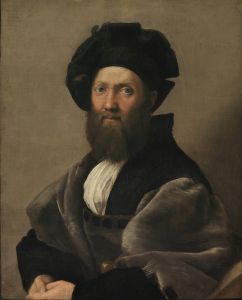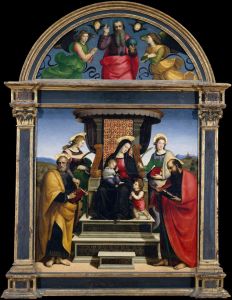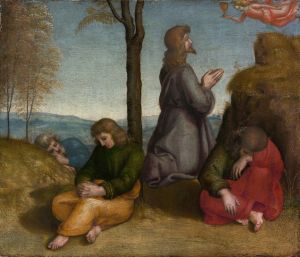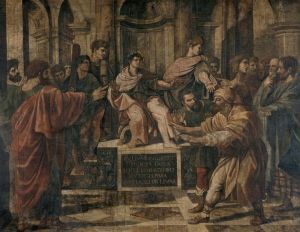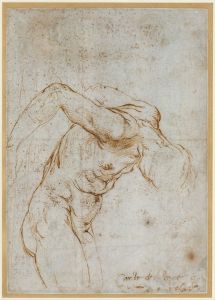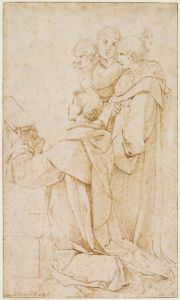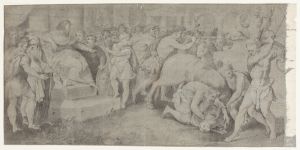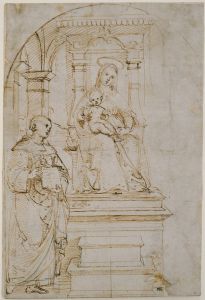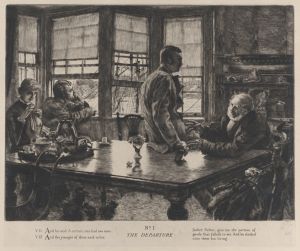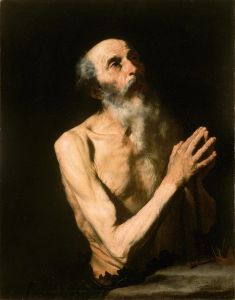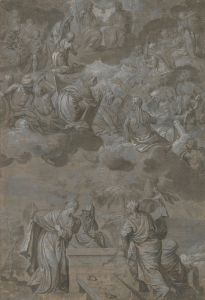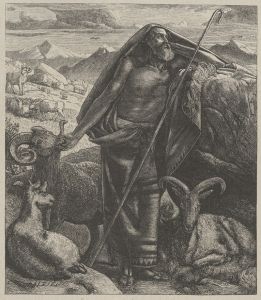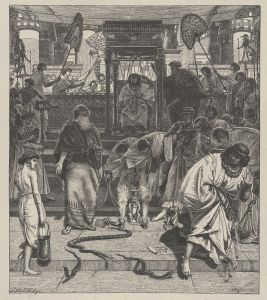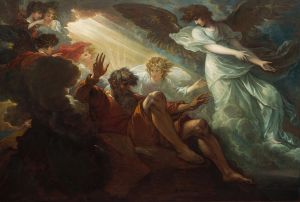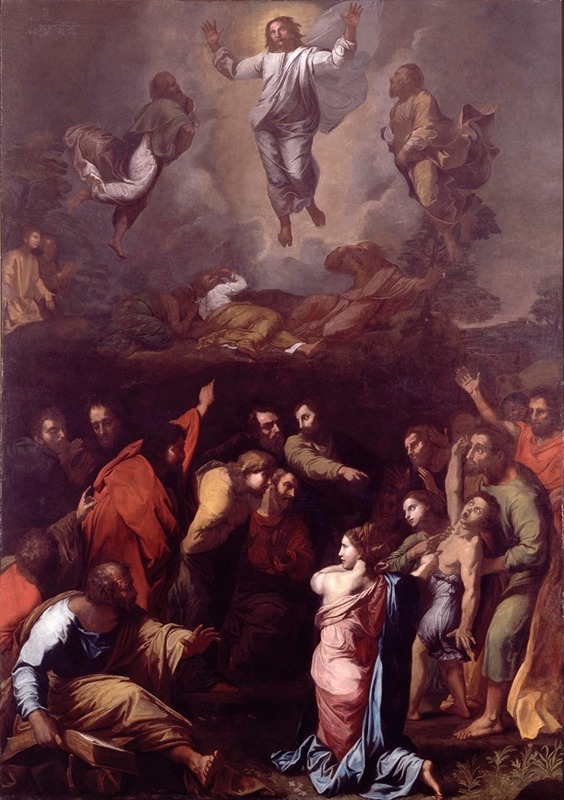
The Transfiguration
A hand-painted replica of Raphael’s masterpiece The Transfiguration, meticulously crafted by professional artists to capture the true essence of the original. Each piece is created with museum-quality canvas and rare mineral pigments, carefully painted by experienced artists with delicate brushstrokes and rich, layered colors to perfectly recreate the texture of the original artwork. Unlike machine-printed reproductions, this hand-painted version brings the painting to life, infused with the artist’s emotions and skill in every stroke. Whether for personal collection or home decoration, it instantly elevates the artistic atmosphere of any space.
The Transfiguration is a renowned painting by the Italian High Renaissance artist Raphael. It is widely considered one of his masterpieces and was his final work before his untimely death in 1520. The painting is currently housed in the Vatican Museums in Vatican City.
Commissioned by Cardinal Giulio de' Medici, who later became Pope Clement VII, the painting was originally intended for the Cathedral of Narbonne in France. However, it never left Italy and remained in Rome after Raphael's death. The work was completed between 1516 and 1520, with some assistance from Raphael's workshop, though the majority of the composition is attributed to Raphael himself.
The painting is notable for its complex composition and dual narrative structure, which depicts two interconnected biblical episodes. The upper portion of the painting illustrates the Transfiguration of Christ, as described in the Gospels of Matthew, Mark, and Luke. Christ is shown elevated and radiant, flanked by the prophets Moses and Elijah, while the apostles Peter, James, and John lie below in awe and fear. This scene symbolizes divine revelation and the glory of Christ.
In contrast, the lower portion of the painting portrays the healing of a possessed boy, an episode that occurs immediately after the Transfiguration in the Gospel accounts. The boy is surrounded by his desperate family and apostles, who appear unable to heal him. This part of the composition is marked by dramatic gestures and expressions, emphasizing human suffering and the need for faith.
The juxtaposition of these two scenes creates a striking visual and thematic contrast. The upper section conveys serenity and divine light, while the lower section is dynamic and chaotic. This duality has been interpreted as a reflection of the spiritual and earthly realms, as well as the power of faith to bridge the two.
Raphael's use of color, light, and composition in The Transfiguration demonstrates his mastery of High Renaissance techniques. The painting's dramatic contrasts and emotional intensity have been praised by art historians and critics for centuries. It is also considered a precursor to the Baroque style, influencing later artists with its theatricality and emphasis on movement.
After Raphael's death, The Transfiguration was displayed above his body during his funeral, further cementing its status as a testament to his artistic genius. Today, it remains one of the most celebrated works of Western art, admired for its technical brilliance and profound spiritual themes.





